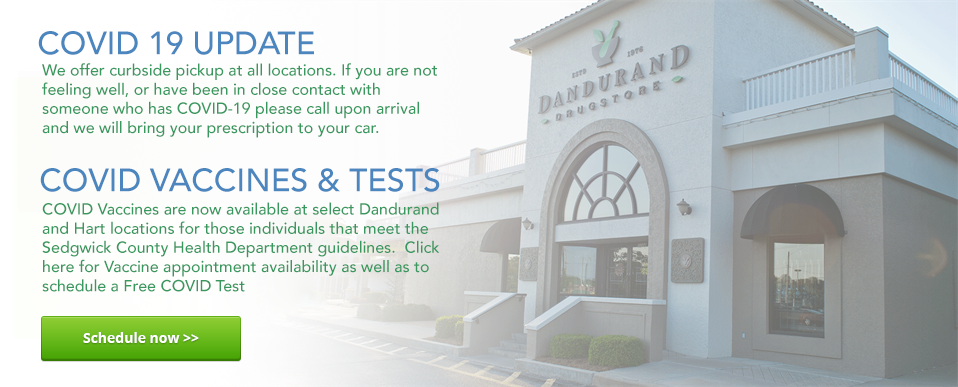This skin condition is currently rarely treated as it is usually a self-limiting infection. Sometimes an infection can cause secondary skin infections, or the infection may not go away on its own if the patient’s immune system is weak. In these cases treatment may be necessary. Treatment of molluscum contagiosum with silver nitrate paste.
https://www.ncbi.nlm.nih.gov/pubmed?term=10571843
Molluscum Contagiosum
Nail Removal
Commonly nails that need to be removed due to trauma or infection are removed surgically. Compounded, non-surgical options may be a more comfortable and desired option for many patients. Urea ointment in the nonsurgical avulsion of nail dystrophies.
https://www.ncbi.nlm.nih.gov/pubmed?term=720134
Onychomycosis
The treatment of nail fungal infection usually has very low success rates, has high relapse rates, and often has many side effects since usually it is treated with an oral antifungal. Newer methods that can be made with compounding can decrease or eliminate the side effects of traditional oral therapy while also achieving good results. New therapeutic options for onychomycosis.
https://www.ncbi.nlm.nih.gov/pubmed?term=22533461
Treatment of toenail onychomycosis with 2% butenafine and 5% Melaleuca alternifolia (tea tree) oil in cream.
https://www.ncbi.nlm.nih.gov/pubmed?term=10357864
A comparative evaluation of combination therapy of fluconazole 1% and urea 40% compared with fluconazole 1% alone in a nail lacquer for treatment of onychomycosis: therapeutic trial.
https://www.ncbi.nlm.nih.gov/pubmed?term=21781012
Plantar Warts
Plantar Warts can be not only very painful and bothersome to a patient, but can also be difficult to treat. Compounded prescriptions and iontophoresis can be a successful method of treatment. Treatment of plantar verrucae using 2% sodium salicylate iontophoresis.
https://www.ncbi.nlm.nih.gov/pubmed?term=12444877
Warts
This very common viral infection can sometimes be difficult to treat due to resistant warts or if a patient has multiple warts. Often surgical options are used in these cases, but this may be undesirable to the patient. In these cases squaric acid used topically is showing to be a good alternative. Squaric acid immunotherapy for warts in children.
https://www.ncbi.nlm.nih.gov/pubmed?term=10775858
Use of squaric acid dibutylester (SADBE) for cutaneous warts in children.
https://www.ncbi.nlm.nih.gov/pubmed?term=10990585
Wound Care
With so many differences in wounds depending on site, depth, cause, and therapy goals there can be a need for a specialized treatment. Compounding allows for the use of unique medications tailored to the patient’s specific need. Creams or ointments can also be mixed to allow the patient to only apply one product while getting multiple drugs, like a combination of an anesthetic and an antimicrobial agent. Role of phenytoin in healing of large abscess cavities.
https://www.ncbi.nlm.nih.gov/pubmed?term=1998849
Benzoyl peroxide in the treatment of decubitus ulcers.
https://www.ncbi.nlm.nih.gov/pubmed?term=3070200
Local anesthetics as antimicrobial agents: a review.
https://www.ncbi.nlm.nih.gov/pubmed/18426354
Diabetic Neuropathy
This condition can often be very painful for patients. Often this pain does not respond to traditional painkillers and requires some other form of therapy. Compounding can expand options for treatment to help the patient find a treatment that works for them. Combination of alpha lipoic acid and superoxide dismutase leads to physiological and symptomatic improvements in diabetic neuropathy.
https://www.ncbi.nlm.nih.gov/pubmed?term=22329607
Fungal Skin Infections
Fungus can cause many infections like athlete’s foot, ringworm, jock itch, and others. Many over the counter and prescription treatments are available, but as resistant strains are found a new treatment may need to be used. The combination of the usual antifungal and ibuprofen has been shown to be a successful alternative. Antifungal activity of ibuprofen alone and in combination with fluconazole against Candida species.
https://www.ncbi.nlm.nih.gov/pubmed?term=10966233
Hyperhidrosis
This condition causes excessive sweating can be harmful psychologically and social for the person it affects. This could be an especially harmful problem with athletes. Topical treatments are the most common treatment and compounded possibilities include aluminum chloride solutions or topical methenamine. Comparison of topical methenamine, glutaraldehyde and tap water Iontophoresis for palmoplantar hyperhidrosis.
https://www.ncbi.nlm.nih.gov/pubmed?term=20953017
Treatment options for hyperhidrosis
https://www.ncbi.nlm.nih.gov/pubmed?term=21714579
Iontophoresis & Phonophoresis
Certain conditions, including onychomycosis, plantar fasciitis, and plantar warts can be treated with iontophoresis or phonophoresis. This is where small electrical charge or ultrasound is used to deliver a topical mediation deeper into the body. Solutions can be compounded for these treatments. New therapeutic options for onychomycosis.
https://www.ncbi.nlm.nih.gov/pubmed?term=22533461
Treatment of plantar fasciitis by iontophoresis of 0.4% dexamethasone. A randomized, double-blind, placebo-controlled study.
https://www.ncbi.nlm.nih.gov/pubmed?term=9167809
Treatment of plantar verrucae using 2% sodium salicylate iontophoresis.
https://www.ncbi.nlm.nih.gov/pubmed?term=12444877

